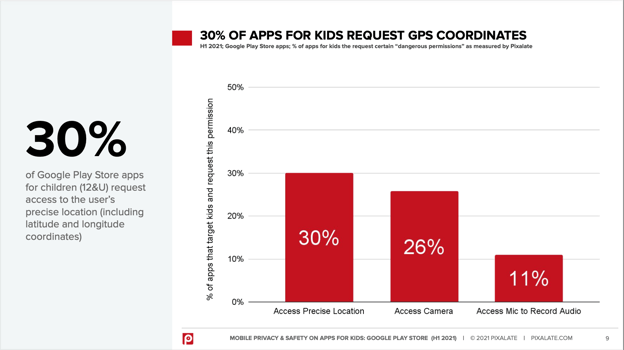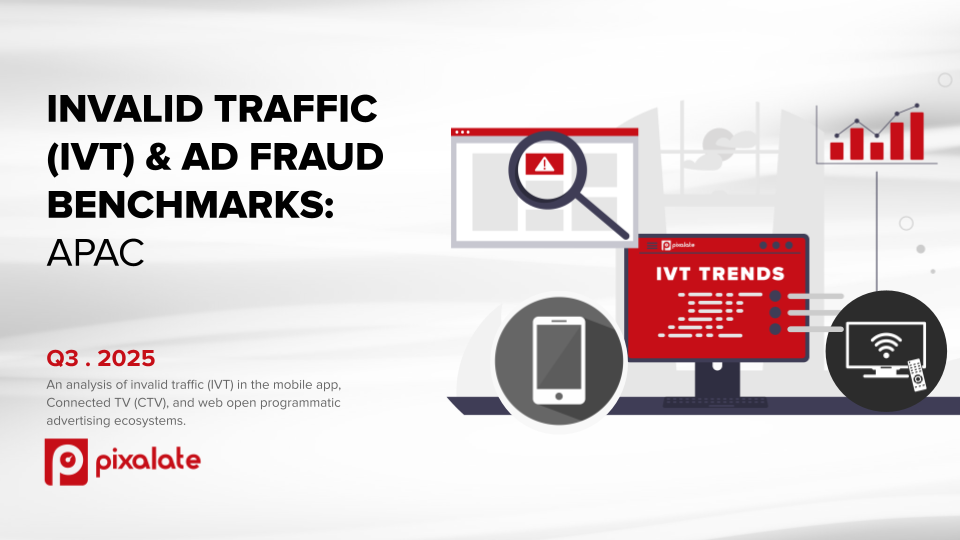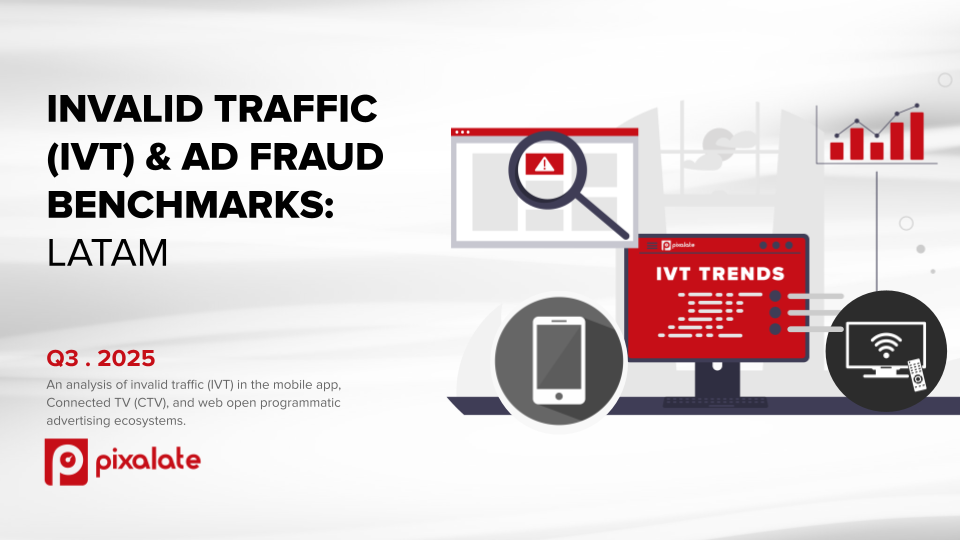3 things to know:
- There are almost 3 million apps for children in the Google Play Store
- 69% of apps for children from Google Play Store requested at least one ‘dangerous permission’
- 30% of apps for children from Google Play Store requested access to the user’s precise location
Almost 3 million apps in the Google Play Store (87%) purport to be suited for audiences that include children aged 12 and under in the first half of 2021. However, 69% of these apps for children had at least one ‘dangerous permission.’ Moreover, this rate is higher than the percentage of apps not for children (59%).
Pixalate examined certain Google-defined ‘dangerous permissions’ that have the potential to have a negative impact on users’ privacy. In this blog, you can find insights about three of the most concerning permissions: access to the user’s precise location, Camera access, and Microphone access.

Access to the device’s fine location was the most common permissions requested by Google Play Store apps for children among the mentioned three. 30% (888,000) of all apps for children requested access to the user’s precise location (e.g. latitude and longitude coordinates).
Access Camera was slightly less common than access to the fine location, but the number of apps requesting such permission was also significant. Over a quarter (26%) of all apps for children from the Google Play Store requested access to the device’s camera.
The number of apps requesting access to the device’s microphone and permission to record audio was lower than the other two described in this blog. 11% of Google Play Store apps for children requested such access.
Interestingly, there have been 157,000 apps for children requesting all three permissions. This represents an increase of 25% YoY among apps in the Google Play Store.
However, it is important to emphasize that requesting these permissions means data exploitation by the developer. Pixalate is sharing this data not to impugn the standing or reputation of any person, entity or app, but, instead, to render opinions and report trends pertaining to apps available for download via the official Google Play Store.
To learn more about dangerous permissions and privacy in the mobile ecosystem, download our Privacy & Safety on Apps for Children reports. You can find them all for free here.


Disclaimer
The content of this report reflects Pixalate’s opinions with respect to the factors that Pixalate believes can be useful to the digital media industry. Any data shared is grounded in Pixalate’s proprietary technology and analytics, which Pixalate is continuously evaluating and updating. Any references to outside sources should not be construed as endorsements. Pixalate’s opinions are just that, opinions, which means that they are neither facts nor guarantees.
It is important to also note that the mere fact that an app lacks a Privacy Policy, lacks Terms of Service, is Privately Registered, and/or is registered under a Non-Corporate Email does not necessarily mean that such app, or its publisher, is actually exploiting data.
Instead, Pixalate is merely rendering an opinion that these data points may be suggestive of heightened risks to data subjects. Pixalate is sharing this data not to impugn the standing or reputation of any entity, person or app, but, instead, to render opinions and report trends pertaining to apps available for download via the official Google Play Store.
Apple and the Apple logo are trademarks of Apple Inc.










